HUSKY’S 2024 ENDURO MODELS: R&D REVELATIONS
Florian Schober is the R&D Project Manager for Husqvarna Motorcycles’ enduro models. Which means, working hand in hand with the Product Management department, he’s responsible for everything from pre-ideation to design work to optimising the shared platform across the Swedish-born Austrian brand’s enduro and MX models. So, what does Schober identify as the standout elements of these new-generation 2024 models? What drove the all-new ‘stiff frame design concept’ behind these bikes? And what challenges did Husky’s design team encounter over the past four years while this all-new platform has been in development?
In Norway, at the international launch for Husqvarna’s radically different 2024 enduro range, we sat down with the Husqvarna’s Florian Schober for some revealing answers to these questions and more…
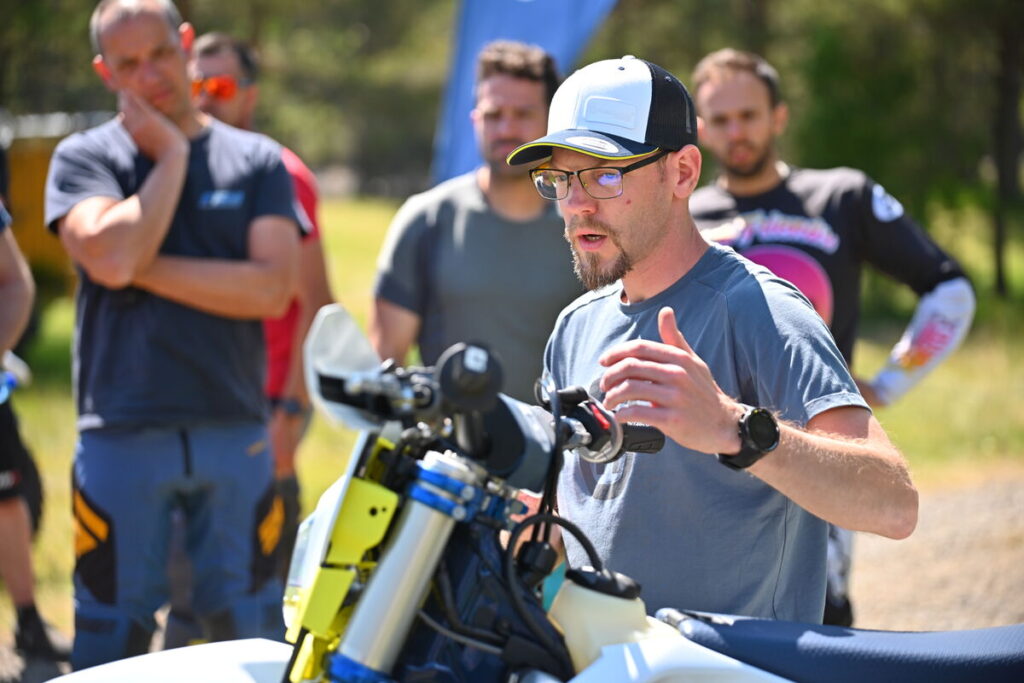
TM: Explain the working relationship between Husqvarna’s R&D and Product Management departments. Who dictates terms to who when it comes to the final design, technology and componentry found on a new range of machines? By the way, we asked this same question of your Product Manager colleague, Florian Braatz.
FS: Well, in that case, it will be interesting how similar – or different – our answers are [laughs]. It’s a complex process. There is a lot of documentation about the interaction between Product Management and R&D – initially around any significant movements that Product Management see in the sport or from our competitors, but also involving the improvements that we believe we know we need to make. That may involve bodywork or styling, for instance, or a specific component. So, Florian Braatz and his team may say to R&D, for example, that we need to have a stronger brake or fix some issues with the subframe. Out of that process, which involves a lot of back-and-forth discussion, we create the ‘red line’ … the raw specification for the project.
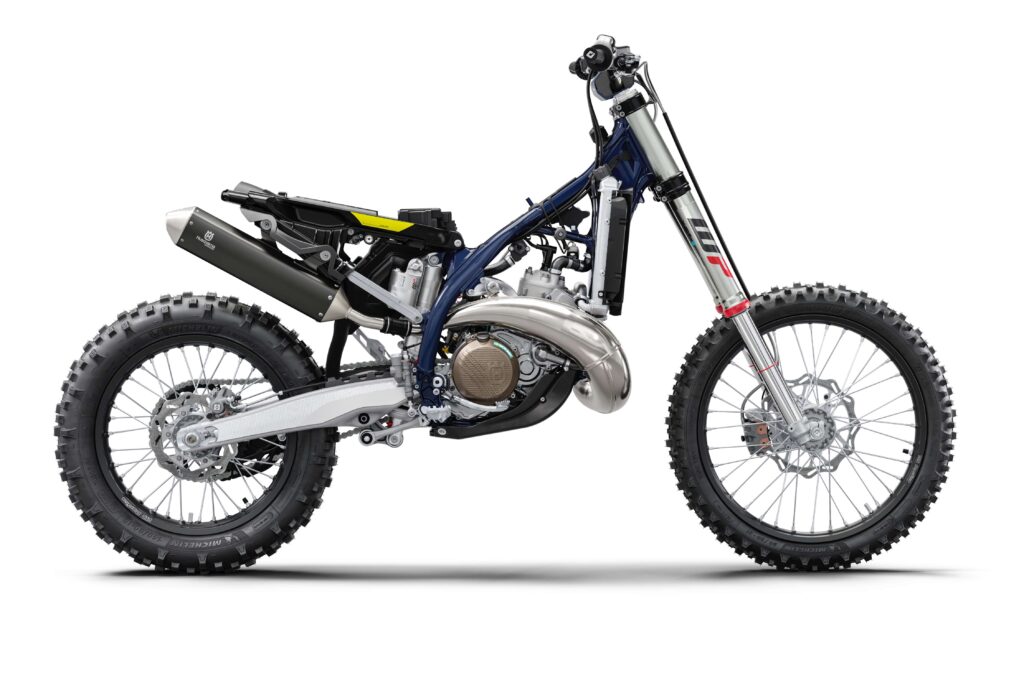
In the past five years, I understand that the R&D Department at the KTM group’s HQ in Mattighofen, Austria, has grown from around 500 to 650 people. But how many people are in your immediate team?
If you include the workshop and test riders, our off-road team is made up of 50 to 60 people. These are the off-road ‘moto heads’ in the department [laughs], and they’re shared across the enduro and motocross model platform. But that number does not include the EMS or Powerpack guys or the people working on electronics, for example.
“Standardisation makes sense from both a commercial and performance standpoint because, if you reduce variations in componentry, you can focus your attention finding improvements in those specific areas.”
So, if you had to articulate the key design objective (or design concept) of Husqvarna’s new-generation 2024-model enduro machines, what would it be?
As I read in the Q&A article you recently did with Florian Braatz, the shift to a much stiffer frame was at the heart of this new platform of machines. But I would also say one of the key objectives for us is summarised by the word ‘standardisation’ because our challenge was to simplify the 2024 range’s design elements and make their production as easy as possible, but only do that where it makes total sense.
A cynic is likely to say that ‘standardisation’ is simply another way of saving costs by sharing as many components as possible across the enduro and MX model platform, and that it means more compromises are being made with each capacity. How would you respond that?
I can understand why some people may think that way. But in my mind, standardisation makes sense from both a commercial and performance standpoint because, if you reduce variations in componentry, you can focus your attention finding improvements in those specific areas. For example, with this new platform, we now only have three frame variations across the seven models – one four-stroke and two two-stroke – but that is only possible by re-working the engine mounts’ positioning and designs. So, every single engine needed to be reworked just to fulfill this simplification on the frame. But the advantage of this is that, when we do our testing, we can focus our attention on maximising the performance of these three frames, rather than many other variations. And this brings a much better and more consistent performance.

The footpegs are another good example of standardisation, right? There’s no longer any difference between the MX and enduro models’ pegs. But take us through that process of finalising the choice of final component spec.
Right from the beginning of the development of this new model-generation – and by that, I mean our 2023 motocross models and 2024 enduro models – we approached this new platform as one project that could offer a big step forward for motocross and enduro models. In other words, we tried to keep the motocross and enduro bikes as same as possible for as long as possible. And we did this for all components before asking ourselves whether there is any substantial benefit by creating something new. So, with the footpegs, we place a motocross rider on an enduro track and an enduro rider on a motocross track and use their feedback to double-check. Out of that process, we realised we did not need a different footpeg – or even different footpeg position – between the motocross and enduro models. That same process and thinking applies to the frame stiffness. The frame used on our motocross and enduro models is now very similar, but we create the flex characteristics and feel we need for enduro by differentiating other components – the suspension, for example, which needs to be different in any case for enduro. There is also a big difference in the way the enduro bikes deliver their power. Thanks to differences in the EMS, the power is more controllable, which is what’s at the heart of enduro.
“The frame used on our motocross and enduro models is now very similar, but we create the flex characteristics and feel we need for enduro by differentiating other components.”
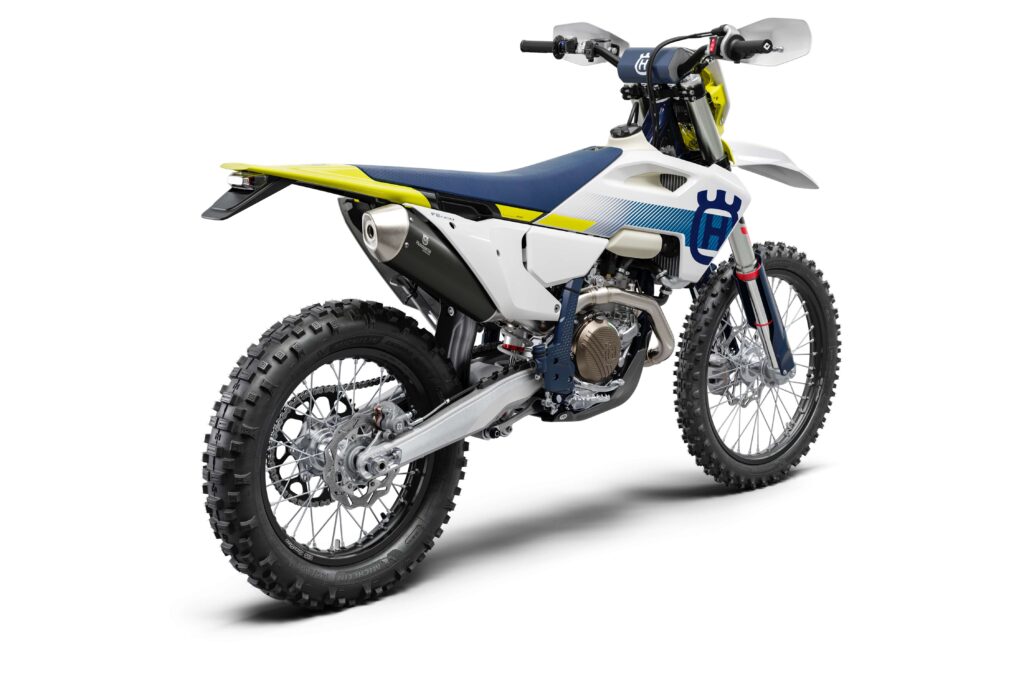
The same goes with the shared bodywork between enduro and MX models, right?
Yes. Headlight and fuel tank aside, the enduro bodywork is the same. Same seat, same seat profile, same radiator shrouds. That means the rider contact points are also completely the same. In other words, we have settled on an optimised ergo package that we believe cannot be improved for either motocross or enduro.
A lot of people will struggle to get their head around the idea that additional flex is no longer designed into the enduro models’ frame itself.
Agreed, because this 2024 enduro model range now uses a very different design concept. Its frame architecture, geometry and flex character are all the same – or at least very, very similar – to what’s used on our MX models. But what’s important to understand is that the enduro compliance is now achieved by altering the flex characteristics of other things – such as the triple clamps, engine mounts, axles, and so on. Also consider the fact that, as the sport has changed, so has the market’s expectations. In the past, enduro meant a soft, traction-searching bike. Nowadays, our customer feedback tells us their bikes are predominantly used for cross-country riding, for motocross training, and for full-gas enduro riding – often in technical and extreme terrain. So, the market’s requirement has changed to wanting a bike that is very stable and can do all those things in a safe and predictable way. Now we have a stiff frame for that stable platform, and you can create flex in a more controlled way with the suspension and other components.
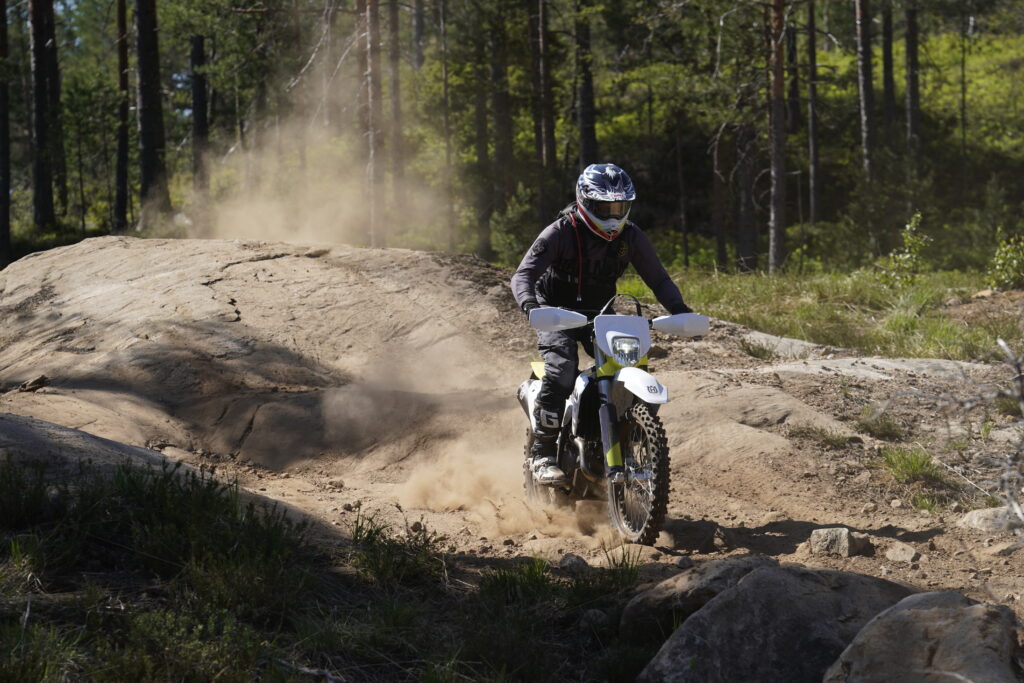
So, it’s no coincidence that the all-new WP closed-cartridge fork was introduced simultaneously with this all-new stiff frame design concept?
No, that was very intentional. For stability and chassis balance, the more rigid anti-squat chassis relies on the fork holding up very well in its compression stroke to ensure there is no nervousness in the front-end, and the new CC fork provides this. The previous open-cartridge fork dived too much, and could not offer the extra front-end stability we needed for this new chassis.
Why the change from the 25mm to 22mm rear axle for the 2024 TE and FE models?
That is a perfect example of where it did not make sense to keep the motocross and enduro bikes the same. We know that the 25mm axle creates a direct response and a lot of extra rear-end stability, which is needed at high speed, sandy conditions, or supercross-type riding. But the more flexible 22mm axle gives you more traction and comfort, and that more forgiving ride works a lot better for enduro terrain.
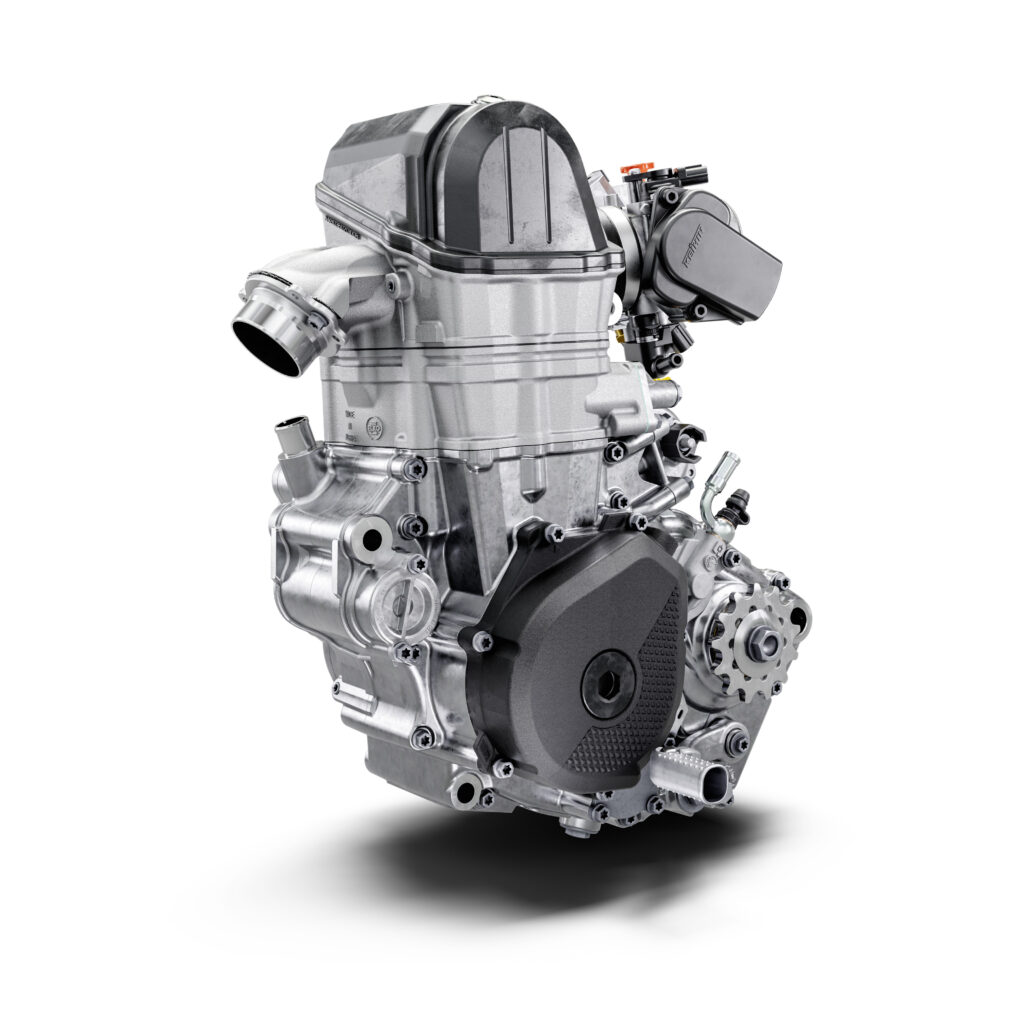
Let’s talk engines, and more specifically about the headline upgrade for 2024 – the new Throttle Body Injection (TBI) fuel-injection system (and electronic power-valve) introduced to the two-stroke engines. It’s like you’ve come full circle from the deceptively fast power the previous TPI bikes delivered to the TBI’s carb-like delivery. Was the design objective of the move to TBI driven by performance gains, or by responding to two-stroke fanatics’ nostalgic need for powerband-style power?
To be honest, both, because two-stroke riders’ feedback is that they are always searching for that familiar old two-stroke-style power. There is no doubt the TBI system, when combined with the electronic power-valve, improves both performance and rider feel. Our testing confirmed we could gain a torqueier feel to the power at lower RPM with the TBI system, plus more power and throttle response at higher revs. In other words, more like a very well jetted carb.
“In the past, enduro meant a soft, traction-searching bike. Nowadays, our customer feedback tells us their bikes are predominantly used for cross-country riding, for MX training, and for full-gas enduro riding – often in technical and extreme terrain. So, the market’s requirement has changed to wanting a bike that is very stable and can do all those things in a safe and predictable way.”
Why the move away from the ribbed construction for the two-strokes’ expansion chambers? Didn’t they add strength and help muffle noise emissions?
That’s true, but they also had some disadvantages – such as customers complaining about the added cost of removing any dents in the expansion chamber. Basically, with the change from the centrifugal power-valve (mounted on the right side) to electronic power-valve (mounted on the left side) for the 2024 models, the additional space created on the right-hand side allowed us to route the expansion chamber in a much slimmer, more compact way. It’s now closer to the engine and frame and gives more ground clearance, but it has also improved performance. In other words, there was no longer any need to reinforce the pipe with ribs. Again, it comes back to simplification – if we do not need the ribs, then there’s no point in doing it.

Compared with its orange cousins, the Husqvarnas have always been positioned as ‘premium’, for which consumers pay a premium price. And there’s no doubt that holds true with things like the billet triple clamps and extra parts that come standard – such as the map-selector switch, skidplate, etcetera. But not everyone would consider Husky’s hydraulic Braktec brakes and clutch to be more ‘premium’ than the KTMs’ Brembo equivalents. Do you guys see Braktec as superior to Brembo?
Braktec is a strong and fresh brand and very motivated to continue to evolve their products and offer targeted solutions. In our mind, Braktec is a very strong partner who we can work together with to develop new solutions. And importantly, they are open to finding new solutions with us and for us.
“For stability and chassis balance, the more rigid anti-squat chassis relies on the fork holding up very well in its compression stroke to ensure there is no nervousness in the front-end, and the new CC fork provides this.”
Case in point: the Brembo brake and clutch didn’t change on the 2024 KTMs, but for the 2024 Husky’s, Braktec made updates to things such as the brake calliper, lever shape, lever ratios, etcetera.
Exactly. For 2024, we also improved many things in the clutch. On the engine side, we improved the piston, the seals and the internal spring. On the clutch master cylinder, we updated the lever. On the brake side, the upgrades we’ve discussed to almost all the parts have now been brought to production. This process with Braktec never stops. Tomorrow will be the same.
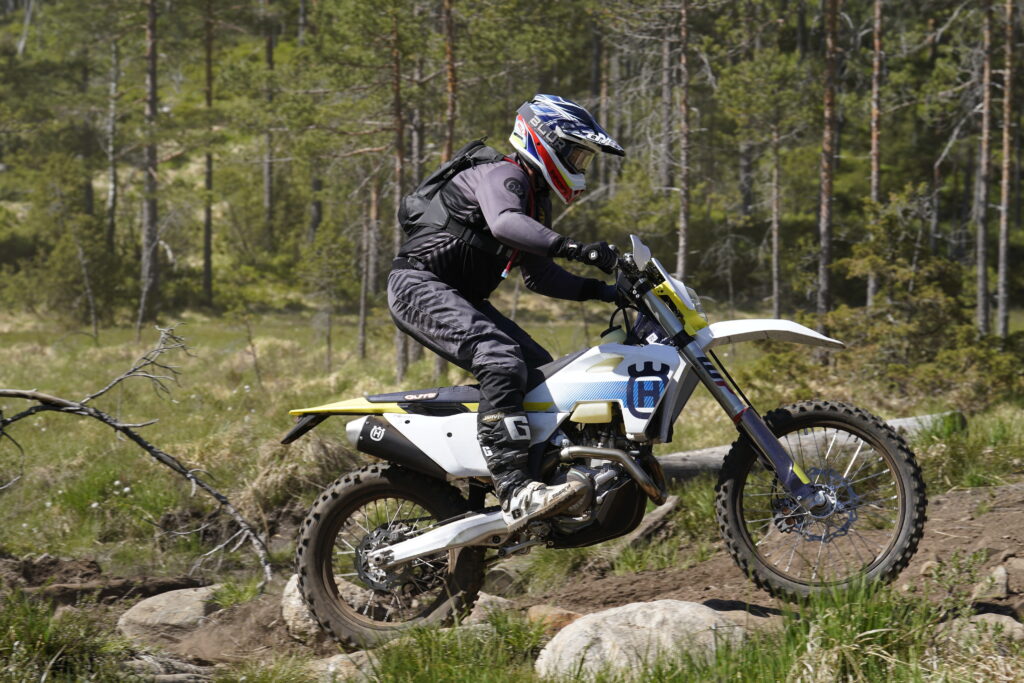
As you’re an R&D guy, Florian, I can’t not ask you about the future – if not specifically what’s in the pipeline for Husqvarna, then what future design trends we’re likely to see? Where is the biggest potential to improve? What’s in your sights?
I see a few areas. First, ergonomics. That will change because riding styles are constantly evolving, and that will demand different design requirements from us. And this is why we constantly challenge ourselves about optimising the contact points between rider and bike. Ergonomics and rider comfort will make the difference between winning races and not winning races time and time again. Secondly, technology that makes the bikes more user-friendly. By that, I mean features that produce better connectivity with smart devices. Offering greater adjustability for the rider is also part of that. Thirdly, completely new features … the details of which I cannot disclose publicly [laughs].
“The TBI system improves both performance and rider feel. Our testing confirmed we could gain a torqueier power at lower RPM with the TBI system, plus more power and throttle response at higher revs. In other words, more like a very well jetted carb.”
It’s been a few years now since KTM and Husky simultaneously revealed their all-new smart phone tuning apps – connectivity that put a lot of tuning options in riders’ hands. In what feels like a bit of a touchy subject for you guys, that technology just disappeared and we’re yet to see it return. Meanwhile, Yamaha has forged ahead with the functionality of their PowerTuner App. What can you tell us about the 2.0 version of your smart phone connectivity tech?
I cannot give you a timetable for it, but I can say we are working on bringing new solutions without copying existing solutions. For sure, you can expect something new. What that is and when, I cannot yet say.
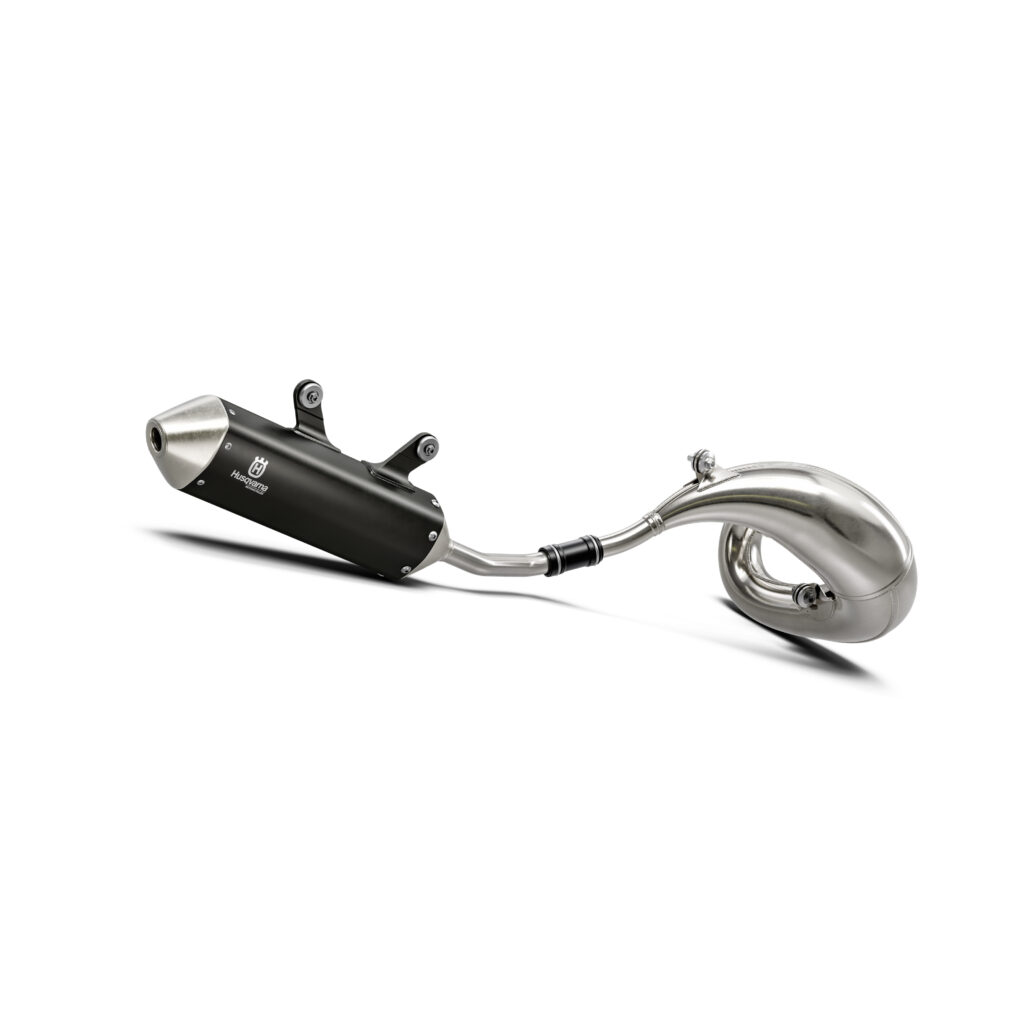
Thanks for your time and candour, Florian.
My pleasure, Andy. It’s been really interesting for us to be at this media launch, and very satisfying that the feedback about this new platform of bikes has been so positive.
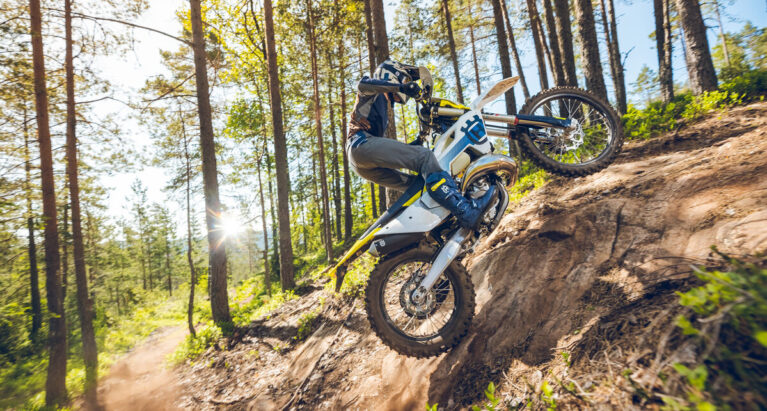
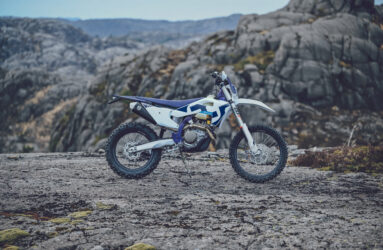
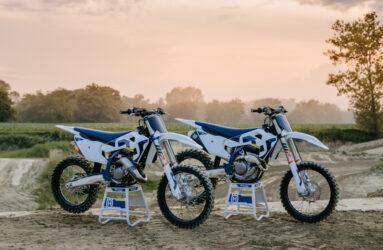
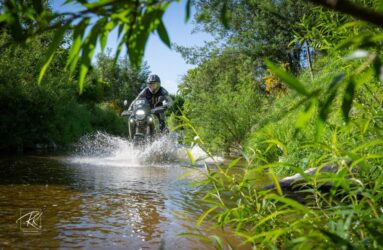

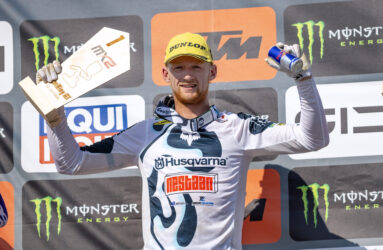
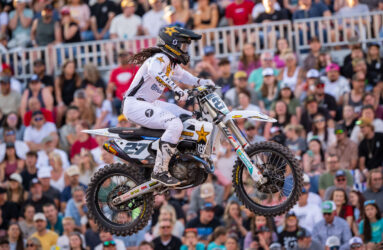
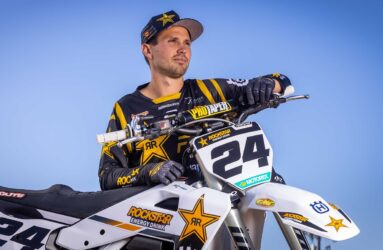
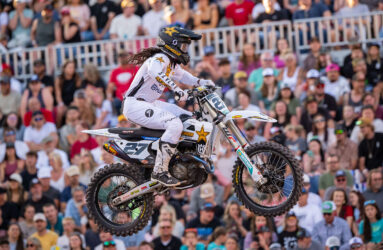
Be the first to comment...